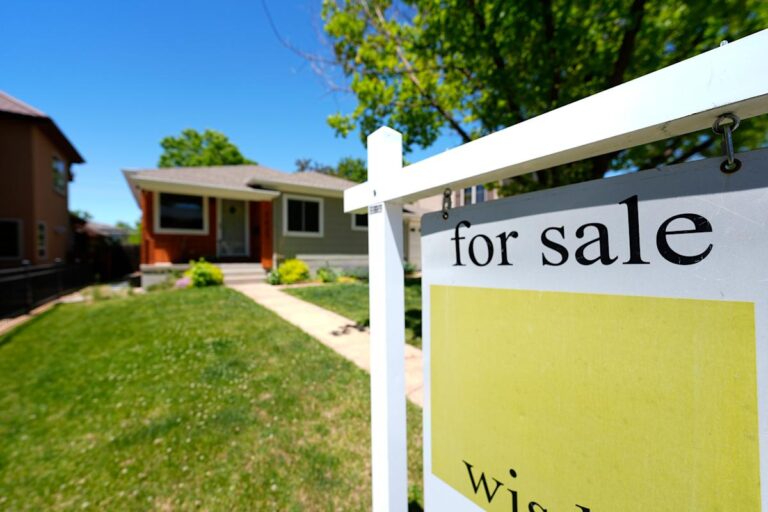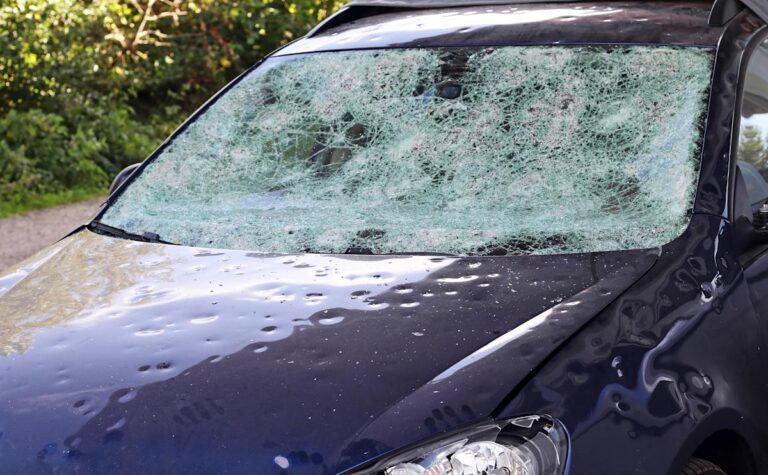
By default, 100% of new housing in these areas would be protected under some form of regulation. Credit: SergeyKlopotov/Shutterstock.com
The Balearic Islands will permit the construction of housing on transitional areas (classified as rural land) without the need to have first exhausted all urbanisable land—provided that the town councils justify it.
Under this agreement, transitional areas will be eligible for reclassification as urbanisable land in order to build more housing in municipalities with more than 20,000 inhabitants. Property developers had previously called on the regional government to prohibit the use of rural land until all available urban and urbanisable plots in each municipality had been used. The Balearic government has argued that priority will still be given to construction on urban and urbanisable land.
Nonetheless, the decree will allow housing to be built in transitional areas without first exhausting urbanisable land, as long as the relevant councils provide justification.
25% may be sold at market rate
Developers had also requested that only social or price-capped housing be allowed in these transitional areas. By default, 100% of new housing in these areas would be protected under some form of regulation.
However, amendments introduced by Vox will allow up to 25% of new housing to be sold at market prices, if supported by an economic feasibility report. In addition, access to social or price-capped housing will be limited to individuals who have lived in the Balearic Islands for at least five years.
It will be up to the local councils—by vote in full session—to decide whether or not to reclassify these rural lands. In Mallorca, the municipalities that could adopt this measure include Palma, Calvià, Marratxí, Llucmajor, Alcúdia, Inca and Manacor.
Urbanisable land expansion
As for urbanisable land, the new regulations will expand the possibility of building in all municipalities with over 10,000 inhabitants. Strategic Residential Projects (PRE), which were initially reserved for Palma, will now be extended across the entire Balearic archipelago. In these cases, construction will require the relevant report from the island council (Consell Insular).
In Mallorca, 17 municipalities meet the criteria to build on this type of urbanisable land: Palma, Alcúdia, Andratx, Calvià, Campos, Capdepera, Felanitx, Inca, Llucmajor, Manacor, Marratxí, Sa Pobla, Pollença, Santa Margalida, Santanyí, Sóller and Son Servera.
Opposition calls it a speculative deal
Iago Negueruela, the parliamentary spokesperson for the opposition PSIB-PSOE, criticised the decree as a “speculative deal” and claimed it is aimed at “different camps of developers who want expansion in different directions. They have names and surnames, and we’ll know them soon,” he said. “This isn’t about building social housing. It’s about creating future rights over land. And then they’ll accuse the left of declassifying land,” he asserted.
Social organisations criticise lack of ambition on housing crisis
Social organisations have criticised the Balearic government for failing to propose bold measures to regulate, among other things, rental prices—particularly in a context where a large proportion of the population spends over 40% of their income on housing. This is despite the fact that more than 105,000 homes in the Balearic Islands remain vacant—23.9% more than a decade ago, according to 2021 data.
These groups also denounce the decree’s failure to address the pressure of short-term holiday lets, or to limit the purchase of second homes by wealthy foreigners. They are calling for a legal guarantee of public housing stock for residents, citing the territory’s limited size and the urgent need to curb runaway housing prices.
The Balearic Islands is also the seventh Spanish autonomous community with the highest number of properties held by large landlords—defined as those who own more than ten properties. In total, they control 26,061 homes, representing 4.53% of the total housing stock (574,813 properties). Of these, 6,672 homes belong to landlords with portfolios of over 100 properties—1.16% of the total—according to the Cadastre and the Ministry of Finance.
Stay tuned with Euro Weekly News for the latest news about Europe and Mallorca.



![Sunday is the last day to take advantage of the Chase refinance mortgage rate sale [Expired]](https://thenewsblend.com/wp-content/uploads/2025/12/eed000a0-caf6-11f0-baaf-499d9d48b516-768x512.jpg)


